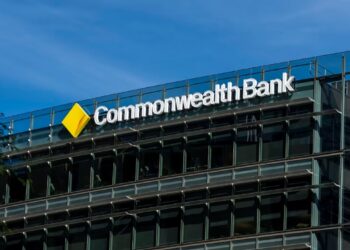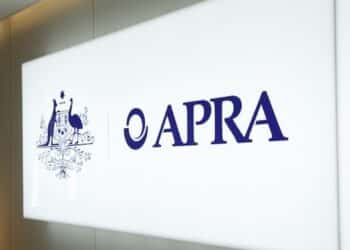The US Federal Reserve opted to leave its interest rate unchanged for a fourth consecutive time on Wednesday, and said it is unlikely to budge from this stance by its next meeting in March.
Overnight, the Fed announced it has maintained the target range at 5.25 to 5.50 per cent, noting that, while inflation has eased notably across 2023, it remains above the longer-run goal of 2 per cent.
“Based on the meeting today, I would tell you that I don’t think it’s likely that the committee will reach a level of confidence by the time of the March meeting to identify March as the time to do that. But that’s to be seen,” said Fed chair Jerome Powell.
Explaining the decision to hold, he said the bank’s strong actions had moved the policy rate “well into restrictive territory”, and its effects were being observed on inflation and economic activity.
“As labour market tightness has eased and progress on inflation has continued, the risks to achieving our employment and inflation goals are moving into better balance,” he said.
At a post-meeting press conference, Mr Powell told reporters the bank was still in “risk management mode”, and wary of taking the plunge too soon or too late. He, however, confirmed that there is consensus among committee members that rates will move down this year.
“We believe that our policy rate is likely at its peak for this tightening cycle and that, if the economy evolves broadly as expected, it will likely be appropriate to begin dialling back policy restraint at some point this year,” he said.
“But the economy has surprised forecasters in many ways since the pandemic, and ongoing progress toward our 2 per cent inflation objective is not assured.”
For rate cut to take place, Mr Powell elaborated that the Fed would need to build more confidence through a continuation of “good data”.
“It’s not that we’re looking for better data, it’s that we’re looking for a continuation of the good data we’ve been seeing,” he explained.
“A good example is inflation. We have six months of good inflation data. The question really is, that six months of data, is it sending us a true signal that we are, in fact, on a sustainable path down to 2 per cent inflation? The answer will come from some more data that’s also good data.”
But despite Mr Powell’s hesitancy to offer a concrete timeline for rate cuts, Steve Spearing, portfolio manager at Apostle, maintained that the door is still open for a May cut as the central bank adopts a “watchful stance”.
“Markets appear to expect inflation to continue to fall and growth to be steady, allowing for consistent cuts over this year,” he observed.
“The door is open for a May cut, with June appearing more likely, as we expect the Fed to adopt a watchful stance regarding bringing rates back toward a more neutral setting.”
According to GSFM market strategist Stephen Miller, the source of the Fed’s reservations in publicly embracing rate cuts, especially of the magnitude priced by the bond market, is the overachievement on activity growth.
“Real gross domestic product (GDP) grew by 3.1 per cent over the year to the December quarter compared with the 2.6 per cent forecast by the Fed as recently as December,” he pointed out.
“The progress on inflation to date notwithstanding, the firm activity backdrop may have contributed to some lingering anxiety at the Fed regarding the sustainability of that progress.
“The process of disinflation tends is frequently a disjointed one: a process of ‘two steps forward and one step back’ with the ‘last mile’ to the inflation target proving particularly challenging.”
All eyes on the RBA
Turning the lens to the Reserve Bank of Australia (RBA), which is scheduled to meet next week, Apostle’s Mr Spearing forecast a similar hold result.
The latest inflation figures released by the Australian Bureau of Statistics this week reported that the Consumer Price Index (CPI) lifted 0.6 per cent during the December quarter, resulting in an annual increase of 4.1 per cent.
The 0.6 per cent increase was much lower than the 1.2 per cent rise in the September 2023 quarter and represented the smallest quarterly rise since the March 2021 quarter. It also surpassed expectations, with the market agreeing on a likely 0.8 per cent lift.
“There is a building body of evidence to suggest that the RBA will not need to raise rates again, while the case for rate cuts this year is growing with inflation moderating, slowing consumer demand, and evidence of a slowing labour market,” Mr Spearing said.
“However, while services inflation remains stubbornly high and the labour market remains reasonably strong, we expect the RBA to be reluctant to ease monetary policy until, like the Fed, they have more conclusive evidence that inflation is moving sustainably to their 2–3 per cent target range.”
The RBA will meet on 6 February, kicking off its new calendar which will see the number of meetings cut from 11 to eight per year.







